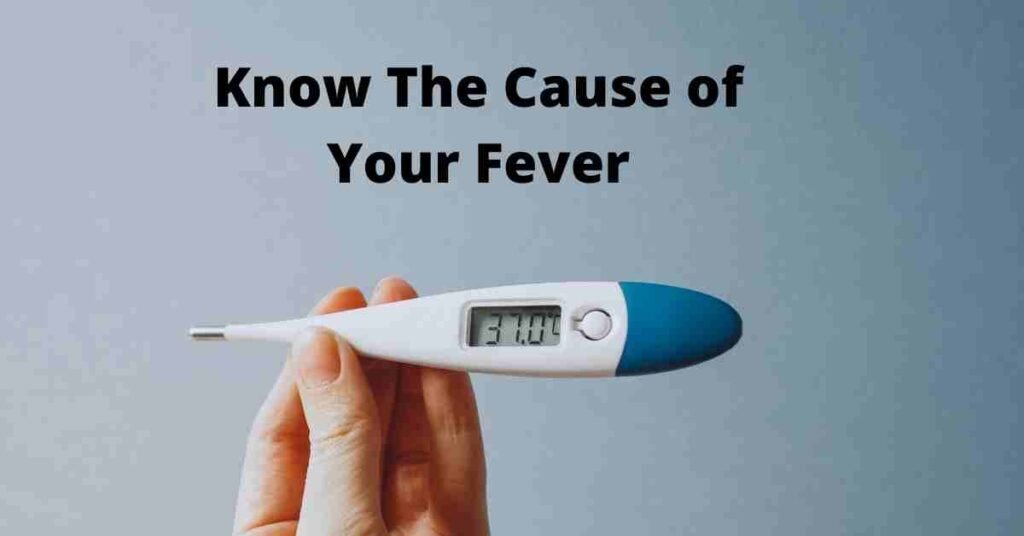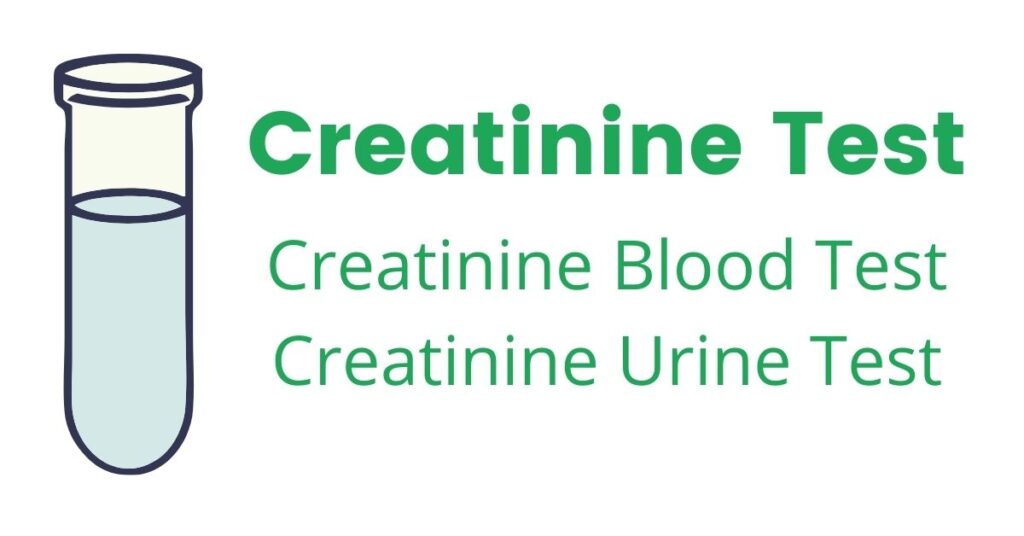Iron deficiency in the body progresses from one stage to other stage. There are total three stages of iron deficiency. Initially, iron deficiency causes mild effects. As the iron deficiency becomes more, eventually other stages of iron deficiency appear with time.
As according WHO, iron deficiency is the most common nutritional dietary deficiency shown worldwide.
There are three stages of iron deficiency-
- Negative iron balance
- Iron deficient erythropoiesis
- Iron deficiency anemia
In negative iron balance stage, the demands for iron exceeds the ability of the body to absorb iron from the diet. It can also occur when the loss of iron is more than the absorption of iron. So, deficiency of iron occur.
Negative iron balance stage can result from
- Blood loss
- Pregnancy (In pregnancy the demand for RBC production is more than the mother’s ability to provide iron)
- Rapid growth spurt in adolescent
- Inadequate dietary iron intake
Blood loss in excess of 10-20 mL of red cells per day is greater than the amount of iron that the gut can absorb from a normal diet. In this case, iron deficit must be made up by mobilization of iron from RE storage sites.
In this stage, iron stores reflected by the serum ferritin level decreases. Not only that, the appearance of the stainable iron on the bone marrow aspiration decreases.
It is important to mention that, as long as the iron stores are present and can be mobilized, serum iron, total iron binding capacity (TIBC), and red cell protoporphyrin levels remain within normal limits. At this stage, red cell morphology and indices (MCV, MCH, MCHC) are normal.
When the iron stores becomes depleted, the serum iron starts to fall as there is no mobilization of iron from the iron stores. Thus, gradually TIBC and red cell protoporphyrin level increase.
Marrow iron stores are absent when serum ferritin level is less than 15 microgram/ L. As long as the serum iron remains within the normal range, hemoglobin synthesis is unaffected despite the gradually depleting iron stores. When the transferrin saturation falls to 15% to 20%, hemoglobin synthesis is hampered. This stage is known as Iron Deficient Erythropoiesis.
In this Iron Deficient Erythropoiesis stage, peripheral blood smear shows the first appearance of microcytic cells. Also, hypochromic reticulocytes are found in the circulation in the laboratory test.
Next, the hemoglobin begins to fall gradually and progress to iron deficiency anemia. In this stage, the transferrin saturation is less than 10%-15%.
Different Stages Of Iron Deficiency Laboratory Test Results
The laboratory test results vary in different stages of iron deficiency. As the iron deficiency progresses from one stage to the other stage, the laboratory test results also reflect the stages. In fact, interpretation of the test results help to determine the stage of the iron deficiency.
Importance of the laboratory yest results is that, based on these test results the stage of iron deficiency is determined. Thus, appropriate treatment can be given to the patient. In the first stage of iron deficiency, body usually make up the deficiency of iron through the iron stores.
But, when the iron deficiency is prolonged, the iron stores starts to deplete and progresses to the next stage. If one takes adequate dietary iron and the absorption of the iron is normal, then body can make up the deplete iron store. As a result, iron deficiency can go away.
There are three stages of iron deficiency as mentioned above, but it is not always that a person will progress from one stage of iron deficiency to the next stage. If the intake of iron can fulfill the iron deficiency, then the iron deficiency will not progress to the next stage. Actually, the iron deficiency will go away when there is sufficient intake of iron to cope up the deficiency.
Here it is also important to mention mostly with iron deficiency, people get fatigue even in the initial stages.
The laboratory test results of different stages of iron deficiency are the following
Normal
Marrow iron stores: 1-3+
Serum ferritin (microgram/L) : 50-200
TIBC (microgram/dL) : 300-360
SI (microgram/dL) : 50-150
Saturation (%) : 30-50
Marrow sideroblasts (%) : 40-60
RBC protoporphyrin (microgram/dL) : 30-50
RBC morphology : Nil
Negative Iron Balance
Marrow iron stores: 0-1+
Serum ferritin (microgram/L): less than 20
TIBC (microgram/dL): Greater than 360
SI (microgram/dL): Nil
Saturation (%): Nil
Marrow sideroblasts (%): Nil
RBC protoporphyrin (microgram/dL): Nil
RBC morphology: Nil
Iron Deficient Erythropoiesis
Marrow iron stores : 0
Serum ferritin (microgram/L): less than 15
TIBC (microgram/dL): Greater than 380
SI (microgram/dL): less than 50
Saturation (%): less than 20
Marrow sideroblasts (%): less than 10
RBC protoporphyrin (microgram/dL): Greater than 100
RBC morphology: Nil
Iron Deficiency Anemia
Marrow iron stores: 0
Serum ferritin (microgram/L): less than 15
TIBC (microgram/dL): greater than 400
SI (microgram/dL): less than 30
Saturation (%): less than 10
Marrow sideroblasts (%): less than 10
RBC protoporphyrin (microgram/dL): greater than 200
RBC morphology: microcytic/hypochromic


